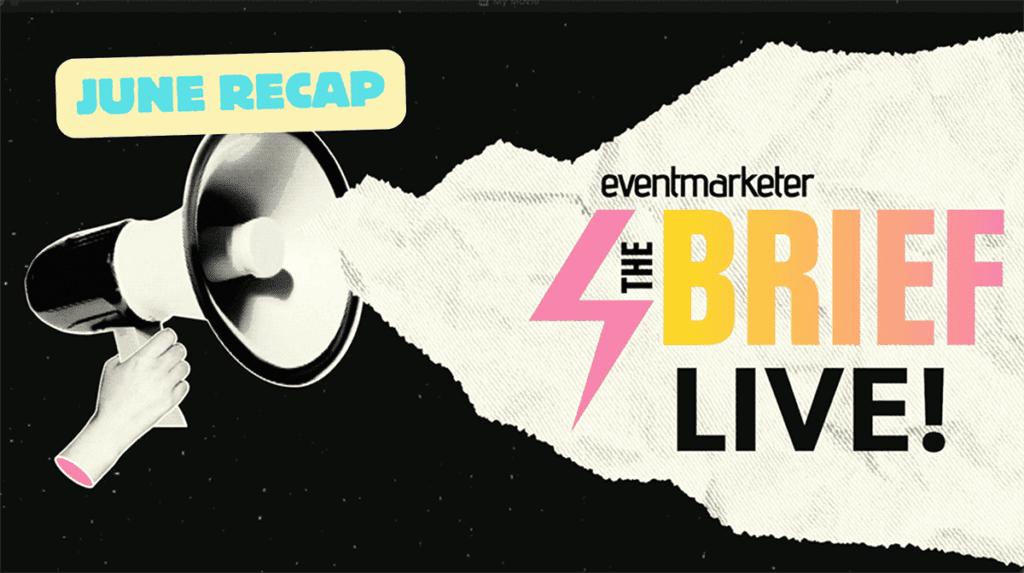THE MORE EXPERIENCE you have, the more you know you had better adapt to stay ahead.
When my staff used to accuse me of changing my mind, I’d tell them I was just making a better decision based on some new information I’d gotten hold of. I’m not sure they bought that, but it’s remarkably unhealthy to just keep doing things as you always have.
In that spirit, here are some rules that catalogers would do well to break:
– Always use serif type. Not anymore. The accepted teaching is that serif type is what we’re used to, and therefore it’s what we’re most comfortable reading. Many of today’s clean sans serif typefaces are just as easy to read and give a much crisper, contemporary feel to the creative.
Forget whether it’s sans serif or serif type but always remember that it must be easy to read – especially for the aging eyes that still make up the biggest slice of the market.
– Always sell a product on the cover. Yes, running an item on the cover often means substantially increased sales of that product. But many catalogs show an item on the cover. To stand out from the pack and garner better sales overall, it might be a good idea to use an editorial image-setting cover. Test it and see.
– Don’t use subscriber lists. Good catalog lists are getting harder to find. You have to reach out beyond what you’ve done for eons and try some subscriber lists. We’ve had excellent results with those that mirror specific lifestyles (but not broad lifestyles).
If that doesn’t work, try ZIP selecting or overlays.
– The 800 number should be in the same location on every other spread. Folks are tearing pages out of catalogs these days, so you need to have that 800 number and/or Web site address on every spread. And it doesn’t have to be in the same location; it merely has to be easy to find. Actually putting it in the same location at the bottom of the page, which many catalogers do, becomes so repetitive that some attendees in focus groups skip right over it.
– Always insert an order form. No more. Some catalogers – especially those with more toll-free telephone/Internet orders than mail orders – find that it’s OK to make the order form a part of the catalog and not an insert; it’s on the same paper as the catalog. This uses two selling pages, but saves on production costs. You might want to look into it.
– The folio (page number) always has to be at the bottom right and bottom left of the page. Well, this is where catalog shoppers tend to look and they do like to know what page they’re on. But really good design can make putting the page number in a different location a fresh alternative.
Lands’ End’s August 2000 catalog shows a dime-size circle with bold, knockout numbers on the upper right and upper left of each page. It works because Lands’ End’s overall design is uncluttered, allowing the innovative folio design to be easy to spot without being obtrusive. And because the circle is visually tied to words telling the reader in which category they are currently shopping, the reader has yet another reason to spot both the folio and the category.
– Christmas covers should look like Christmas covers…if you want your catalog’s cover to look like all the others. Yes, holiday giving is the most important selling period for many catalogers; and yes, the catalog should reflect the mindset of the customer when she receives it. But catalogs from different companies that use virtually the same cover design (snowmen, wreaths, etc.) don’t make any effort to stand out. Don’t be totally wed to the “holiday look” during holiday time.
– Never mail during the summer. The old philosophy here was that no one was home over the summer months, and to a degree it’s true that folks tend to be out and about a lot more then. But there’s far less clutter in their mailboxes, too, so…
Less competition could mean that this “off” season will let your brilliant catalog make its pitch unencumbered by 42 competitors received that same day.
It’s worked for some catalogers, so maybe a small test is in order.
– You need to have a letter on the inside front cover. Not really. Consumers do like to know where catalogs are from, but most letters are boring and overdone.
Unless your book has a truly relevant message or a warm and fuzzy positioning, sell something in that space instead. If it works with your positioning, editorial information can be sprinkled throughout the catalog. You can lead with dynamite products rather than words that are too often overlooked anyway.
– Don’t show a product more than once an issue. If the item is an astonishingly good seller, you might want to place a captioned picture of the product on the back cover and repeat it inside the catalog along with its description.
Usually, though, it’s difficult for any product to pay for double space allocation. The dynamite ones can do it – and due to their strong appeal, can help get non-buyers into the fold.
 Network
Network

